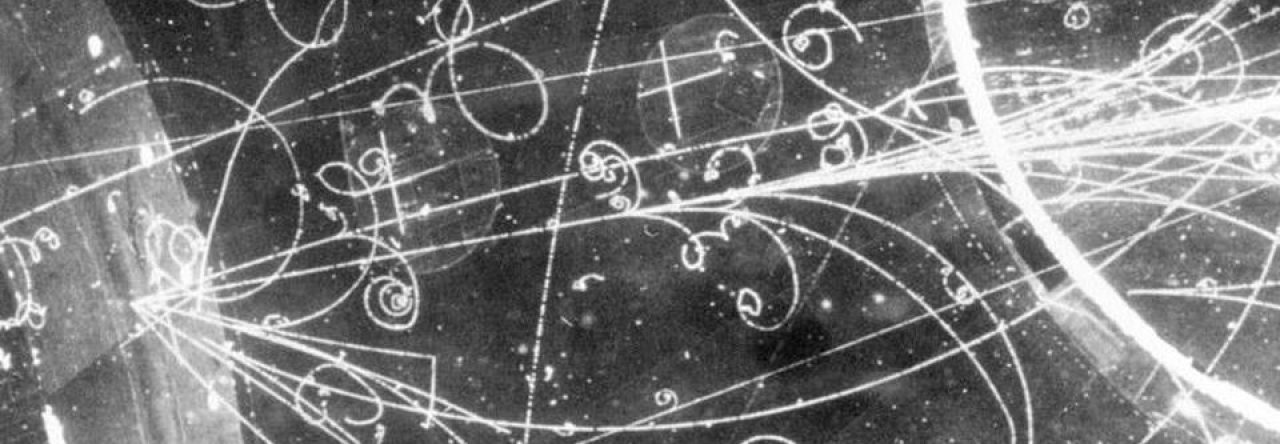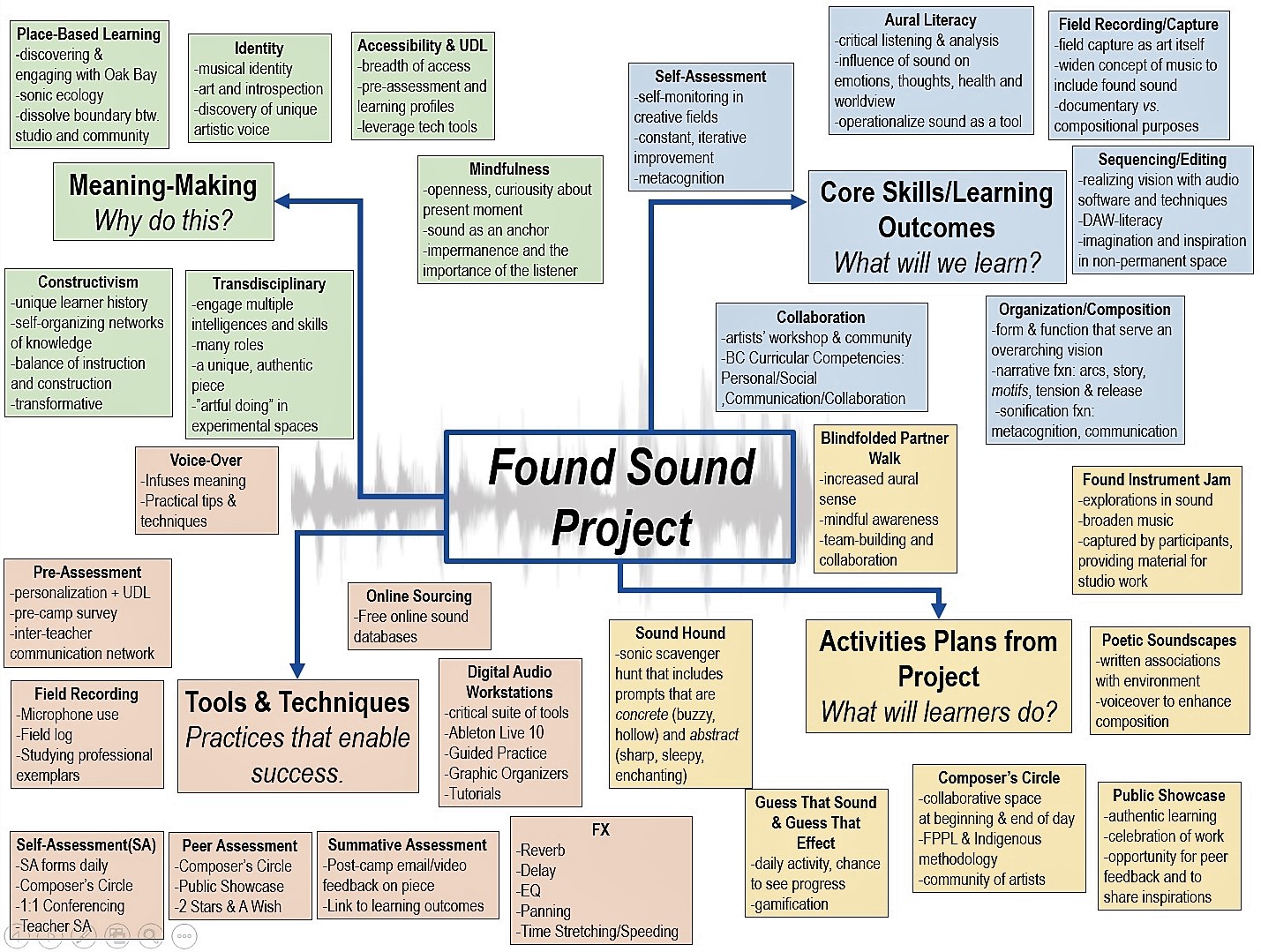Thanks for viewing my digital portfolio. This living document charts some of my thoughts on education. The sections include:
Author: sashailnyckyj Page 1 of 3
Happy solstice everybody! The recent pace of life has given me the opportunity to reconnect with a dormant part of myself: the part that loves and cherishes time on the land.
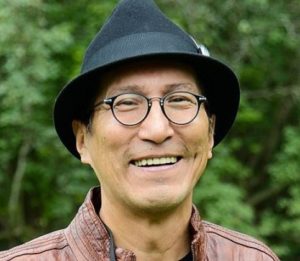
Wagamese, 2013 – Photo by Dan Harasymchuk
To observe this astronomical milestone, I’d like to read some words from the Canadian author Richard Wagamese about unity from his 2008 memoir One Native Life. As we Northerners turn towards the shortening of days, it’s a reminder to take care of each other and reflect on our place within nature.
***
Our Proper Size
Text by Richard Wagamese
Accompanying audio recorded and arranged by Sasha Ilnyckyj in Victoria, BC
*UPDATE: Please see the official Found Sound Project site for an overview of the July 2020 camp process, media, additional resources and links to the learners’ compositions.*
This is the overview for the Found Sound Project, a summer camp I am designing and running in July 2020 through the South Island Studio in Victoria, BC. The week-long camp is centered around the creation of soundscapes of the local environment. Students will sample environmental sound and seek found sound in order to enhance compositions written on musical instruments. Students will occupy many roles – sound recordist, audio engineer, musician, composer, editor and storyteller – to produce a unique sound composition that draws on existing musicianship empowered and activated with modern digital tools. The project is designed around core principles of place-based learning, multidisciplinary practice, accessibility and artistic identity.
If you would like to learn more, I would recommend you check out specific resources related to the four main categories in the Concept Map above:
Meaning-Making: Why do this?
Core Skills/Learning Outcomes: What will we learn?
Tools & Techniques: Practices that enable success.
Sample Activity Plans from Project: What will learners do?
Thanks for checking out the Found Sound Project,
Sasha
***
NB: I wholeheartedly encourage others to use any or all of these resources for educational, artistic or creative purposes. However, I would appreciate attribution (Sasha Ilnyckyj, sasha.ilnyckyj@gmail.com)
Yesterday in my Visuality and Education class I was given an opportunity to experiment with collage. I haven’t done this in years and really enjoyed this opportunity to work with visual art. Working through collages got the wheels turning for me in terms of my future Biology, Chemistry or Physics classes. How could I find space for these activities which promote self-expression, creativity and are really fun?
I like the idea of using collage as a mode of pre-assessment. Before beginning a unit, it is useful to establish your student’s baseline knowledge and to get a sense of what misconceptions and questions may exist among your learners. By having students complete collages based on the unit theme (e.g. land use, ocean ecosystems, optics), you activate their imagination and interest in a way that no lecture or demo could. These collages could provide a jumping-off point for a class-wide discussion and mind-mapping exercise used to identify driving questions to be examined. The use of collages, vision boards, diagramming, etc. dovetails well with the paths to engagement discussed in the Ferlazzo article. Specifically, they serve the goals of relevance by allowing students to show which aspects of a topic fascinate them personally. Furthermore, there is a high level of autonomy promoted by these tasks as students select their own media, arrange it and tell their story. I personally believe that there is a place for story-telling and meaning-making within STEM.
Finally, I think one interesting habit that collage introduces which is valuable to the aspiring scientist is the notion of synergy. Valuable contributions to science often involve combining content from multiple disciplines. Technology & art work hand-in-hand, enabling each other. For instance, modern print art is enabled by the chemists’ lengthy efforts to refine pigments and dyes. Modern electronic music is deeply-rooted in electromagnetism and the physics of waves. What I like about collage is that it challenges you to think across strict boundaries and imagine creations/combinations that have never existed before. This aspect of ingenuity and creativity is as important to science as retention and analytical thinking.
Here are my two collages made yesterday:
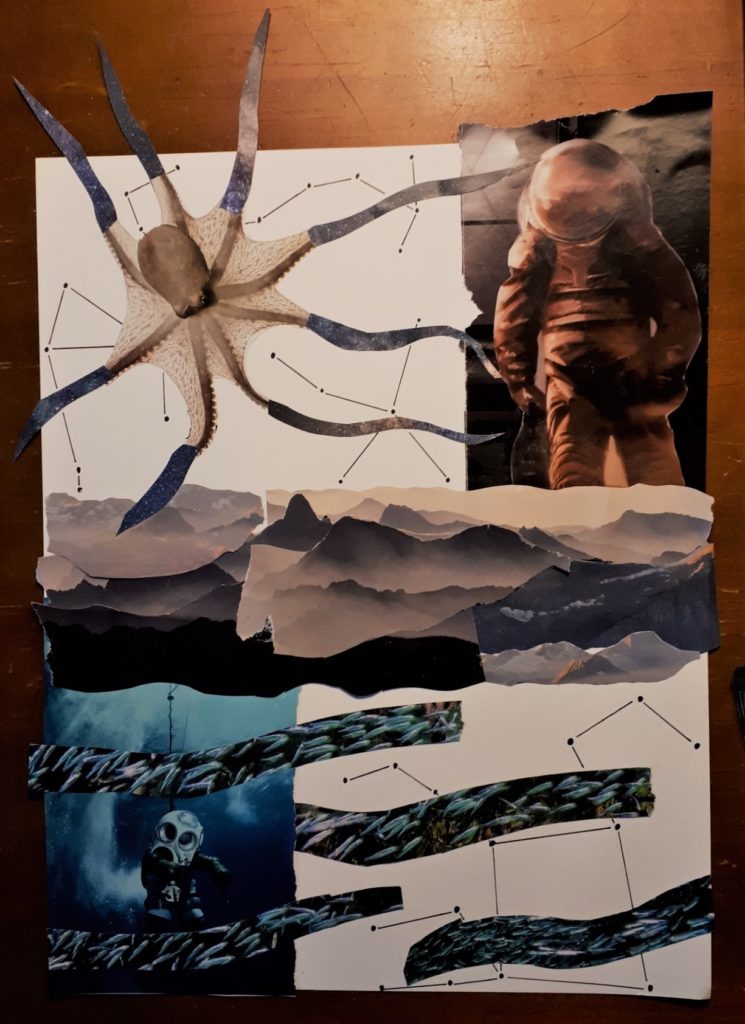
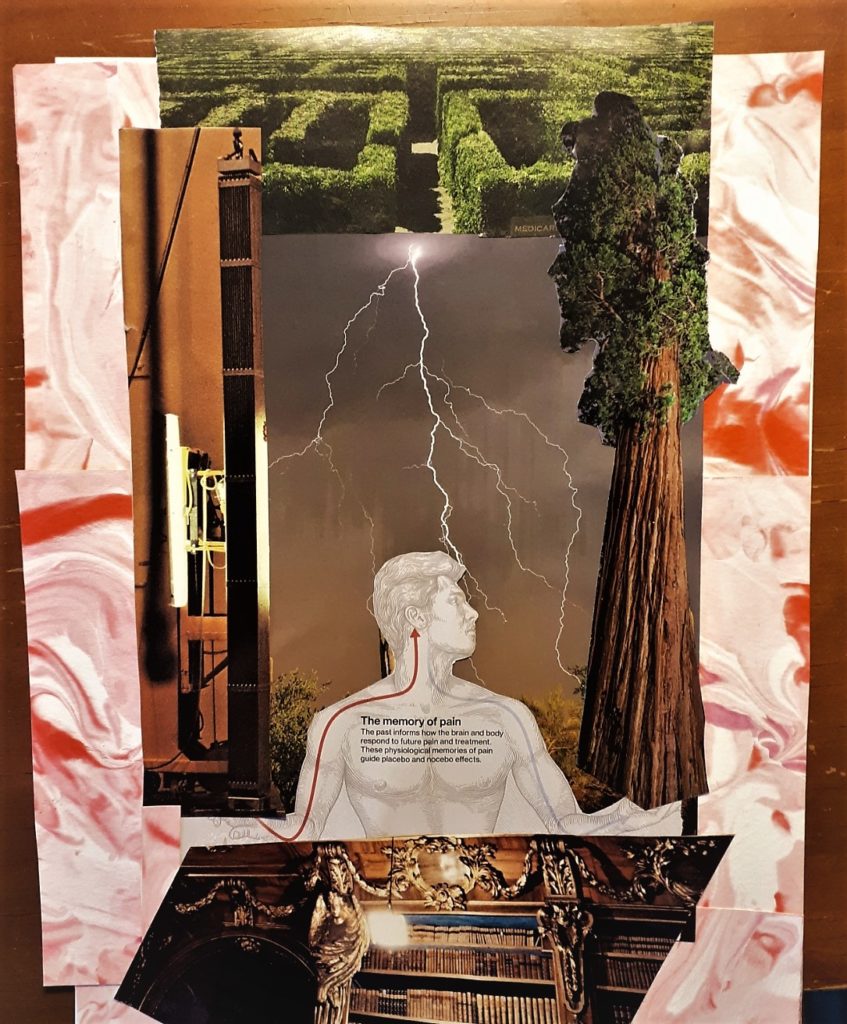
This June, I am taking part in an institute on co-creating educational environments for diverse learners. As part of the institute, I was asked to produce an introductory video about myself. In the spirit of taking a risk and thinking multi-modally, I tried to formulate my expression of self through the symbol of a musical chord. I chose this metaphor because, like a chord, the self is an interaction of a constellation of factors. My chord is unique to me, but informed by a theoretical, cultural, aesthetic and social position.
Hello everyone out there! I’ve put together a cover of Jacob Collier’s ‘Make Me Cry’ from self-isolation in my room. It’s been years since I did one of these simultaneous multitrack arrangements & I had a lot of fun with this one. It’s incredible how making music is a way to be alone but not feel lonesome. Enjoy!
I hope everybody is navigating the COVID-19 pandemic with grace.
-Sasha
Today in EdTech, I had an opportunity to use an iPad Pro to interact with Google’s free educational coding platform Grasshopper.

I only had a chance to use it for about 20 minutes, but I found it quite intuitive. It manages to bridge the gap between text-based code and visual outputs quite well. While it isn’t graphic modules like Scratch, it still retains a visual component that should be appealing and multimodal for young students. Also, it is based on javascript, which is a widely-used, object-oriented programming language. Early exposure to this would certainly give students an edge in computer science later in life.
Dr. Paskevicius informed our class of a really useful resource for educators interested in tech integration: Common Sense Education (CSE). On this site, teachers and educators review apps, indicating its usefulness, privacy level, and specific skills that it focuses on. Unfortunately, Grasshopper has a very bare entry on CSE. However, I’m happy to know about this resource for quickly evaluating the usefulness of a digital tool and getting the perspectives of other educators.
-S
I really appreciated the presentation by Kelly, Acacia and Mark on Data Safety in EdTech last week. I thought the re-framing from ‘Privacy’ to ‘Safety’ was an intelligent choice as it is more of a call-to-action and implies a benefit to implementation. Although I am very busy with end-of-term obligations, I expect that I will take time over December to self-evaluate my engagement with the internet. I think, as I transition to a new phase of my professional life, it is time for a Data Safety Audit. From a practical standpoint, I have a few key objectives:
1. Watch The Great Hack, as the group suggested. I feel like it may provide a good wake-up call and frame a complex topic in an approachable way.
2. Finally implement a password manager. In countless exchanges with friends and peers interested in security, this has come up. Ideally, I could find one that is cloud-based and cross-platform so I could use it on the wide array of devices I will access day-to-day.
3. Continue to curate my online presence. Beginning with Jesse Miller’s talk, I already started to look into my ‘Google’ presence online. This led to me more closely controlling some of the video content I had on my personal YouTube channel. I believe I can take this a few steps forward, perhaps with a Facebook pseudonym and a closer look at other platforms.
4. Look for media and tutorials that specifically address Data Safety. This could include documentation from concerned organizations, YouTube videos and consultation with my eldest brother, who is quite tech-literate.
Anyways, I am very grateful to the group for raising these ideas. Their presentation was thoughtful, thorough and has motivated me to consider how data safety applies in my life.
-S
During some late-night YouTube watching, I was introduced to the incredible scientific legacy of John B. Goodenough. His work has earned him an incredible array of awards (see his Wikipedia page), including the 2019 Nobel Prize for his work in inventing the ubiquitous lithium-ion rechargeable battery. It appears that, at 97, this pioneering chemist continues to push the bounds of his discipline! I encourage anyone with an interest in STEM to enjoy this video. It’s both informative and good for a laugh.
I am pretty blown away with Dr. Goodenough & plan to reserve a place of honour for a framed image of him in my future science classroom.
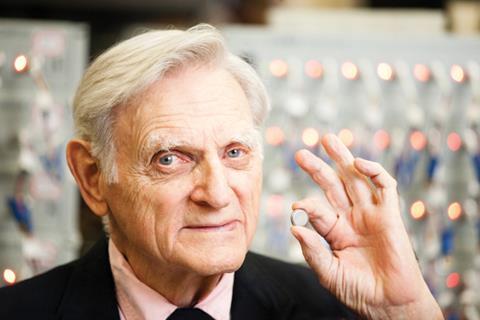
Dr. John B. Goodenough
At present, I am designing a unit on Electromagnetism for my Sciences methodology class. This has involved me getting re-acquainted with battery technologies. Prior to this video, I did not know that solid state batteries (SSB) with a solid electrolyte even existed! The implications and potential for world-changing technologies is very exciting. While I could go either way on longer-lasting cell phone & laptop batteries, I am particularly intrigued by this technology for its ability to complement emerging renewable energy technology by enhancing battery storage systems. Breakthroughs like a SSB are needed more than ever as we face the environmental dangers of this uncertain century.
-S
During our EdTech presentations, my fellow teacher candidates Erin, Izzy & Jordan shared Chrome Music Lab. This is a free suite of tools that enhance the accessibility of music through hands-on experiments. I’ve taken some time to look through it & identify a few very interesting applications.
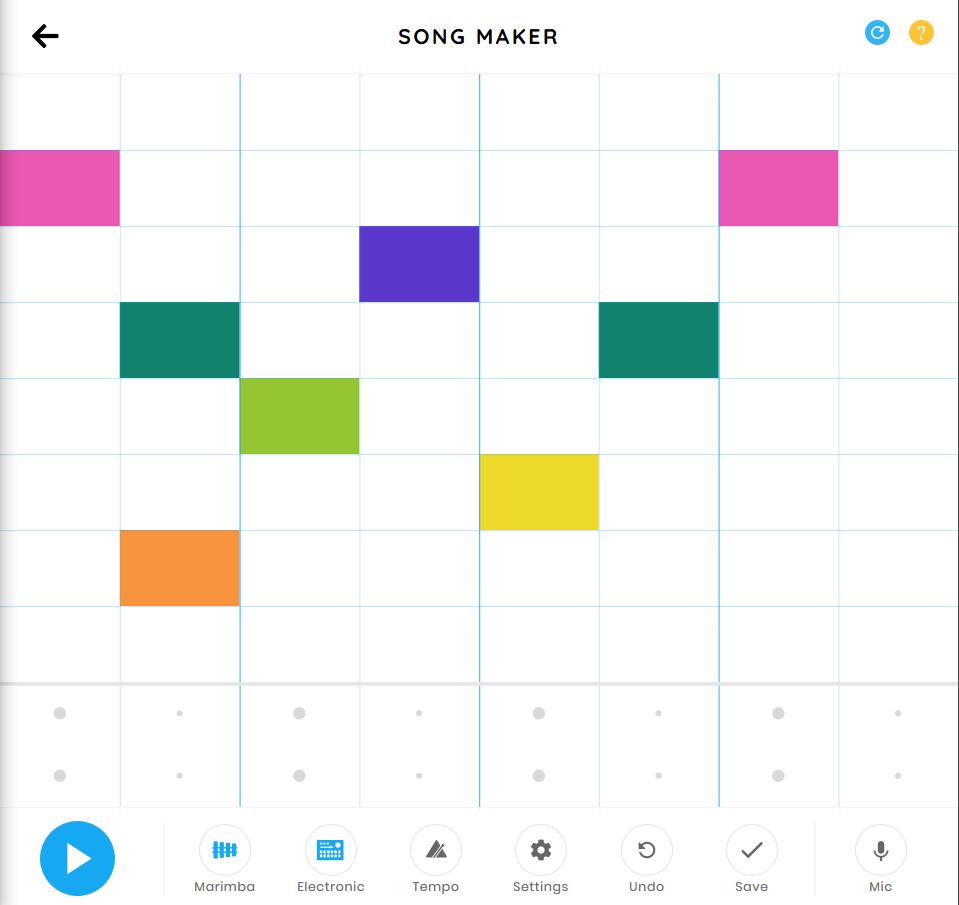
A basic sequence prepared in the Song Maker app.
- Composition: students can experiment with writing their own melodies using the highly-visual Song Maker, Melody Maker & Rhythm applications. I see a lot of potential for using this to practice question-answer (statement-antecedent) writing.
- Harmonics/Physics of Sound: the Spectrogram, Sound Waves and Harmonics applications are useful visual demonstrations that can help clarify abstract concepts like timbre, the harmonic series and overtones.
- Oscillators: a very basic introduction to synthesis, demonstrating the characteristics of different oscillator types (‘sawtooth’, ‘square’, etc.). Considering the ascent in popularity of electronic music and analogue/digital synthesis with youth, this represents a good opportunity for early exposure.
This Saturday, I already started loading up the Chrome Music Lab for some students awaiting their lessons. I think the suite offers an accessible and intuitive access point for a number of neat music topics.
-S
